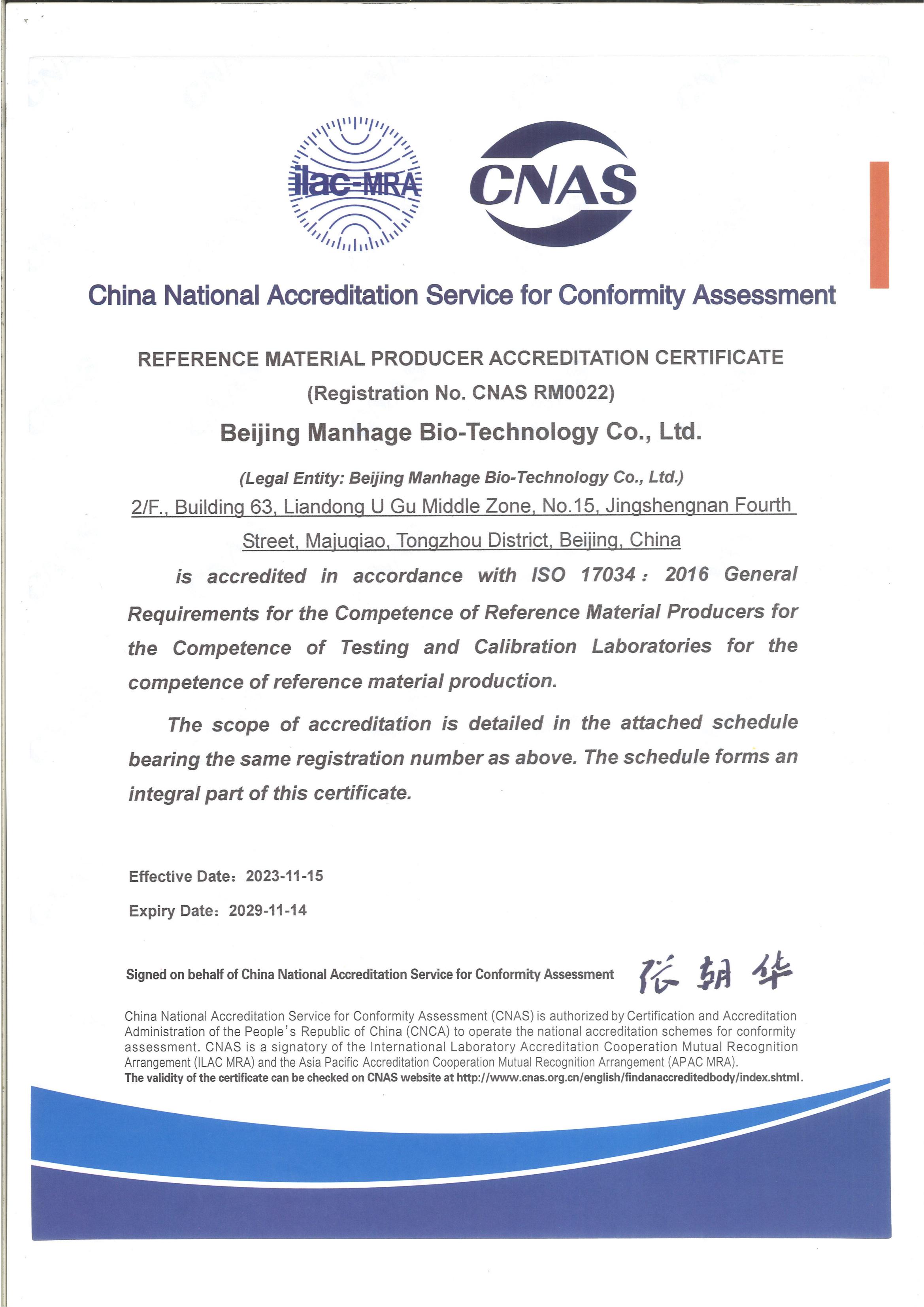1、 Types of pesticide residues
Pesticide residues can be roughly divided into fruit residue, soil residue, and water residue. The residue on the fruit surface is generally the pesticide and fungicide sprayed for the prevention and control of pests and diseases, which remain on the surface of the fruit and the undecomposed part. In addition to insecticides and fungicides, soil residues also include herbicides, which remain in the soil. The undigested parts can be absorbed by crops and transferred to fruits. Pesticide residues in water bodies generally flow into the water through natural processes such as rain, snow, and falling leaves.
2、 The origin of pesticide residues
Generally, pesticides are designed to naturally dissolve in a short period of time while ensuring their efficacy and retention time. However, in order to achieve faster results, businesses or farmers often increase the concentration and frequency of spraying, resulting in a significant increase in pesticide content in a short period of time, disrupting environmental balance and prolonging the dissolution period. In addition, groundwater irrigation causes pesticides that have penetrated into groundwater to be re irrigated into crops and soil, making the pesticides cycle back and forth and difficult to remove.
3、 The hazards of pesticide residues
The pesticide residues in fruits are either undigested after being sprayed onto the surface of the fruit, or absorbed and transferred to the fruit by crops. After being consumed by humans, they accumulate in the body and when they reach a certain concentration, they can cause symptoms of food poisoning. In severe cases, they can lead to fetal deformities, loss of human function, and other conditions. Excessive pesticide residues in soil can lead to slow crop growth, yellowing of leaves, fruit deformities, and significant yield reductions. Pesticide residues in water can exacerbate the occurrence of the first two situations. Pesticide residues can also lead to environmental imbalance, reduced flora and fauna, inhibited active microorganisms, slowed down material cycling, decreased conversion efficiency, increasingly barren land, and worsening compaction and salinization, making crops more susceptible to diseases.
4、 Solution
Apply pesticides as needed, with reasonable or reduced pesticide use.
Apply pesticides through legitimate channels and avoid using pesticides prohibited by the state.
Microbial agents often have the functions of killing bacteria, killing insects, decomposing pesticide residues, and balancing soil environment. Applying targeted microbial agents can reduce the application and decomposition of pesticide residues, and alleviate the harm of pesticide residues.
Reasonable fertilization formula can form strong seedlings, increase crop resistance, and reduce pesticide residue hazards.
Reasonable field management and appropriate deep plowing and sun exposure can accelerate the decomposition of pesticide residues in the soil.
As a professional producer of standard substances, Manhage provides customers with mixed standard substances for pesticide and metabolite residues in various plant-based foods to meet their different needs. Manhag provides the following testing standard substances and related consumables:



